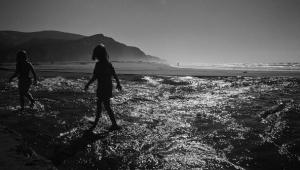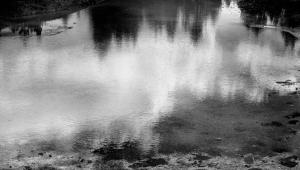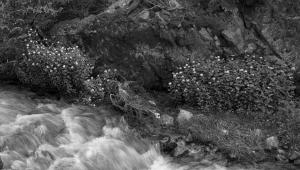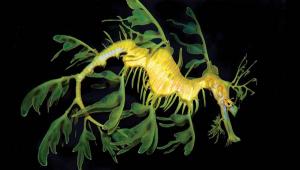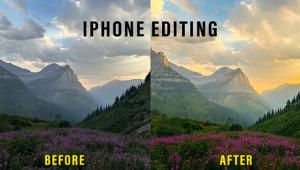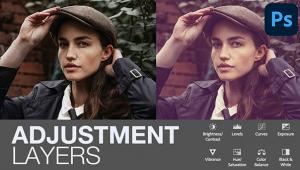Lights, Action… Camera: Stage Photography Without Flash
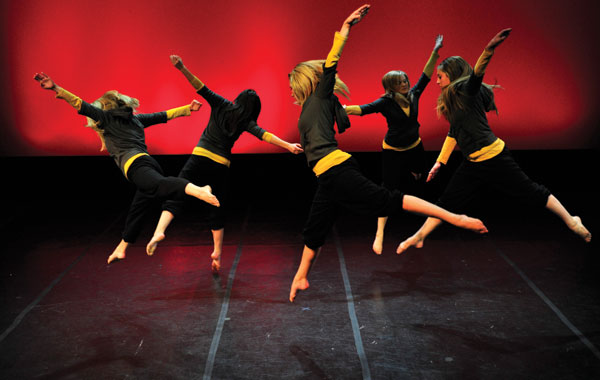
All Photos © Chuck Gloman
Preparing The Camera
Out of respect to the performers and consideration for the audience, you know you can’t use flash. That’s when you can use tools like higher ISO for faster shutter speeds, a preset white balance, a vibration reduction (VR) lens, and a wide open aperture.
I set my ISO to the highest setting I feel comfortable with—that is, the highest ISO that I know will not sacrifice lots of image quality. In my case, that’s ISO 1600—high enough to freeze action, but low enough that grain would not be an issue. You should pre-test your camera and understand its quality/speed limitations. You should also determine whether you should keep the Noise Reduction filter on and at what level to set it. All this goes into pre-photography prep and stresses the importance of knowing what your gear can and cannot deliver.
Determine beforehand what your end result will be—large prints, web images, PowerPoint slides, etc. Answers to these questions will help you make a better selection when determining ISO. Enlargements will show the grain more than an image that is e-mailed or used for a web report.
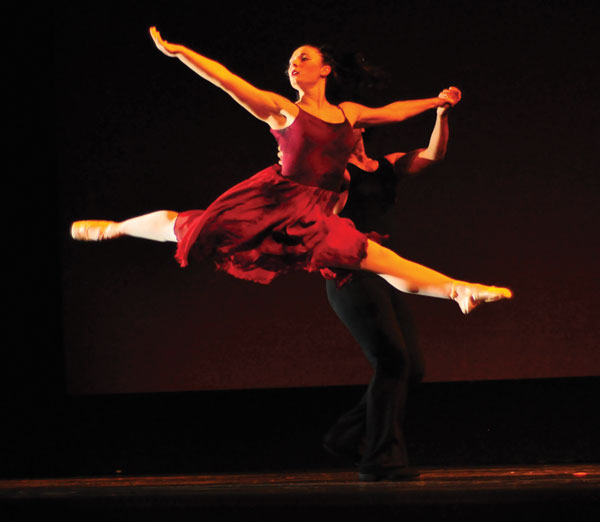
I set the color balance on automatic. This helps balance color in an often-changing light environment typical of plays and other performances. Theatrical lighting is usually tungsten based (3200ºK) but many of the lights are usually gelled (a color filter added) and rarely yield a “straight” tungsten balance.
I use the fastest lens in my arsenal, a Nikkor 50mm f/1.4. With the 50mm, I get relatively close to the action and feel comfortable opening it to f/2 without quality loss. When back from the stage I rely on as fast a telephoto lens as I have and always turn on the image stabilization. If you don’t have an image stabilized lens or camera body then be sure to shoot at as fast a shutter speed as you can. Tripods are usually cumbersome in this type of photography as you might be moving around for the best angles. In any case, a slightly dark image is always better than a shaky one.
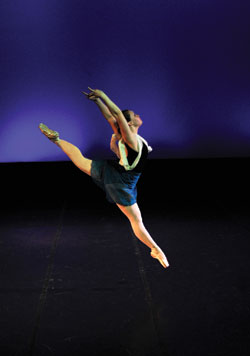
I shoot Raw + JPEG for two reasons: in my work the images must be immediately accessible for the web and publicity and I don’t have to process the Raw images to make them ready. I shoot Raw so I can fine tune the color, have greater bit depth etc later if I want to make posters and other large prints.
I often shoot with manual focus because the distance from my vantage point to the stage does not vary much and AF might search too much in the changing light. Lastly, the shutter speed needs to be matched to the subjects at hand. For dance, that means 1/250th or faster. If you can, take several test images at various shutter speeds and f/stops right away and check to see if the speed and depth of field delivers. If not, raise the ISO to meet your needs.
Chuck Gloman is the Chair of the TV/Film Department as well as an Associate Professor at DeSales University. He may be reached chuck.gloman@desales.edu.


